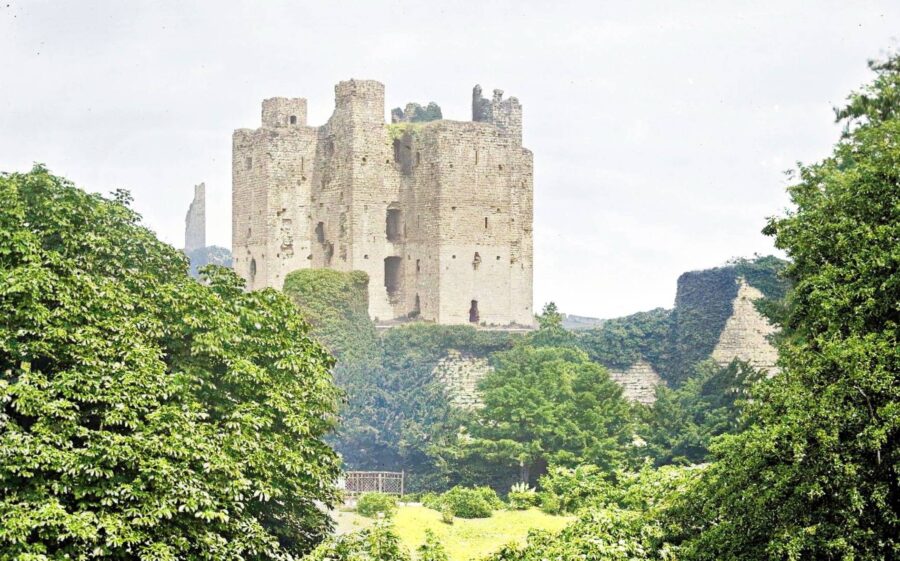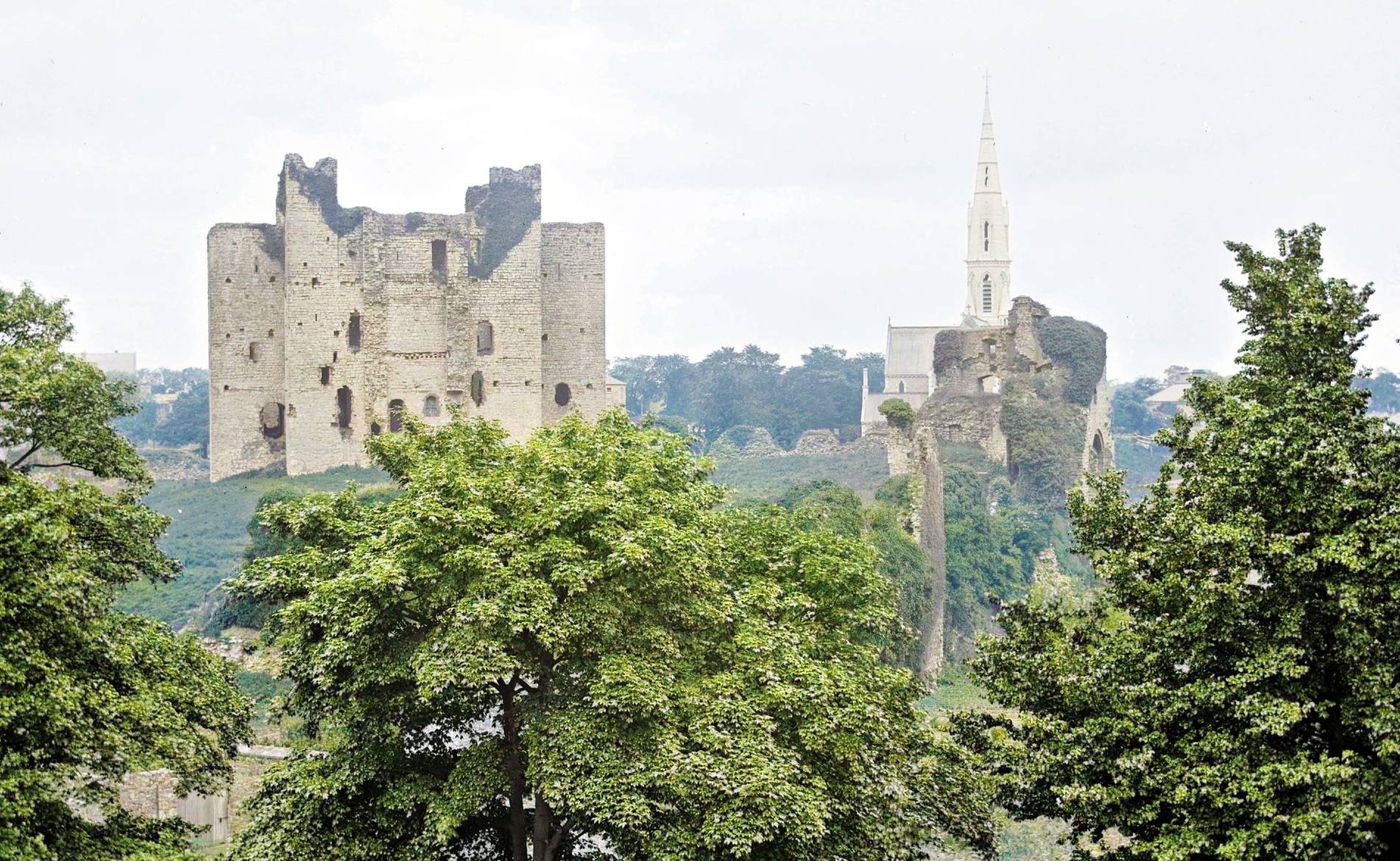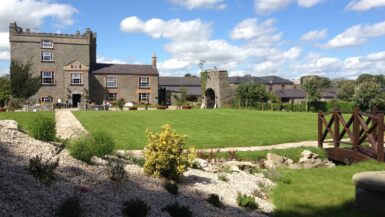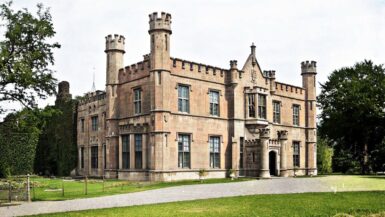Trim Castle, nestled in County Meath, Ireland, is an impressive fortress with a rich history. A stunning example of medieval architecture, the castle has stood the test of time and now serves as a popular tourist destination. This article delves into the history of Trim Castle, providing an insight into its origins, significance, and key events throughout its existence.
History of Trim Castle
Trim Castle, the largest Anglo-Norman castle in Ireland, was built over a 30-year period during the late 12th and early 13th centuries. Hugh de Lacy, an Anglo-Norman nobleman, was granted the lands of Meath by King Henry II of England as a reward for his loyalty. De Lacy then began the construction of the castle as a way to secure his control over the area.
Architecture
Trim Castle is a testament to medieval architectural ingenuity. The castle’s centerpiece is a 20-sided stone keep, which stands three stories high and boasts walls up to 3 meters thick. Surrounding the keep are the remnants of an extensive curtain wall, fortified gates, and a moat. The castle’s unique design includes several defensive features, such as drawbridges, murder holes, and arrow slits, that make it a formidable fortress.

Preservation and Tourism
Over the centuries, Trim Castle has faced multiple threats, from sieges to natural disasters. However, it has managed to survive, and restoration efforts have preserved the structure for future generations. In 1993, the Office of Public Works (OPW) acquired the castle and undertook extensive conservation and restoration work. Today, Trim Castle is open to the public, offering guided tours and hosting various events and festivals.
Timeline
- 1172: Hugh de Lacy is granted the lands of Meath by King Henry II of England.
- 1176: Construction of Trim Castle begins under the supervision of de Lacy.
- 1196: Hugh de Lacy’s son, Walter, continues the construction after his father’s death.
- 1206: The castle is completed and remains under the control of the de Lacy family.
- 1291-1310: Geoffrey de Geneville, a prominent Anglo-Norman lord, resides at the castle.
- 1399: Richard II of England uses Trim Castle as a base during his campaign in Ireland.
- 1460: The castle is captured by the Irish chieftain, Aodh Buide O’Neill.
- 1465: The castle is recaptured by Anglo-Norman forces.
- 1534: The castle is briefly taken by Silken Thomas during the Kildare Rebellion.
- 1541: The castle is surrendered to Henry VIII and eventually granted to Sir Thomas Cusack.
- 1993: The OPW acquires Trim Castle and begins extensive restoration work.
- 2000: Trim Castle is opened to the public for guided tours.
Conclusion
Trim Castle stands as a symbol of Ireland’s rich medieval history and architectural prowess. Over the centuries, it has faced and withstood numerous challenges, and now serves as a reminder of the country’s complex past. For visitors seeking to explore Ireland’s historical and cultural heritage, Trim Castle is an essential destination.






Leave a reply